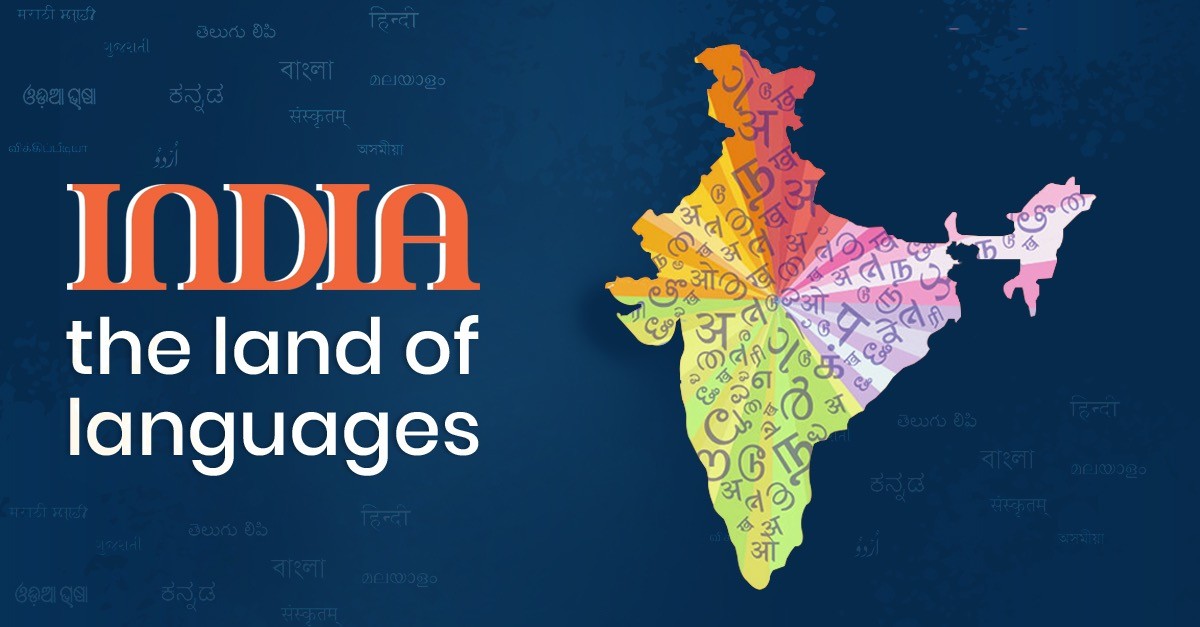Rabindranath Tagore, who composed the National Anthem of India and won the Nobel Prize for Literature, was a multitalented personality in every sense. He was a Bengali poet, Brahmo Samaj philosopher, visual artist, playwright, novelist, painter and a composer. He was also a cultural reformer who modified Bengali art by rebuffing the strictures that confined it within the sphere of classical Indian forms. Though he was a polymath, his literary works alone are enough to place him in the elite list of all-time greats. Even today, Rabindranath Tagore is often remembered for his poetic songs, which are both spiritual and mercurial. He was one of those great minds, ahead of his time, and that is exactly why his meeting with Albert Einstein is considered as a clash between science and spirituality. Tagore was keen in spreading his ideologies to the rest of the world and hence embarked on a world tour, lecturing in countries like Japan and the United States. Soon, his works were admired by people of various countries and he eventually became the first non-European to win a Nobel Prize. Apart from Jana Gana Mana (the National Anthem of India), his composition ‘Amar Shonar Bangla’ was adopted as the National Anthem of Bangladesh and the National Anthem of Sri Lanka was inspired by one of his works.
Childhood and Early Life
Rabindranath Tagore was born on 7th May 1861 to Debendranath Tagore and Sarada Devi in the Jorasanko mansion (the ancestral home of the Tagore family) in Calcutta. He was the youngest son among thirteen children. Though the Tagore family had many members, he was mostly raised by servants and maids as he lost his mother while he was still very young and with his father being an extensive traveler. At a very young age, Rabindranath Tagore was part of the Bengal renaissance, which his family took active participation in. He was also a child prodigy as he started penning down poems at the age of 8. He also started composing art works at a tender age and by the age of sixteen he had started publishing poems under the pseudonym Bhanusimha. He also wrote the short story, ‘Bhikharini’ in 1877 and the poem collection, ‘Sandhya Sangit’ in 1882.

He drew inspiration by reading the classical poetry of Kalidasa and started coming up with classical poems of his own. Some of his other influences and inspirations came from his brothers and sisters. While Dwijendranath, his elder brother, was a poet and philosopher, Satyendranath, another brother of his, was in a highly respectable position. His sister Swarnakumari was a well-known novelist. Tagore was largely home-schooled and was trained by his siblings in the field of gymnastics, martial arts, art, anatomy, literature, history and mathematics among various other subjects. In 1873, he accompanied his father and toured the country for many months. During this journey, he accumulated knowledge on several subjects. His stay at Amritsar paved the way for him to learn about Sikhism, an experience which he would later on use to pen down as many as six poems and many articles on the religion.
Education
Rabindranath Tagore’s traditional education began in Brighton, East Sussex, England, at a public school. He was sent to England in the year 1878 as his father wanted him to become a barrister. He was later joined by some of his relatives like his nephew, niece and sister-in-law in order to support him during his stay in England. Rabindranath had always despised formal education and thus showed no interest in learning from his school. He was later on enrolled at the University College in London, where he was asked to learn law. But he once again dropped out and learned several works of Shakespeare on his own. After learning the essence of English, Irish and Scottish literature and music, he returned to India and married Mrinalini Devi when she was just 10 years old.

Establishment of Santiniketan
Rabindranath’s father had bought a huge stretch of land in Santiniketan. With an idea of establishing an experimental school in his father’s property, he shifted base to Santiniketan in 1901 and founded an ashram there. It was a prayer hall with marble flooring and was named ‘The Mandir.’ The classes there were held under trees and followed the traditional Guru-Shishya method of teaching. Rabindranath Tagore hoped that the revival of this ancient method of teaching would prove beneficial when compared to the modernized method. Unfortunately, his wife and two of his children died during their stay in Santiniketan and this left Rabindranath distraught. In the meantime, his works started growing more and more popular amongst the Bengali as well as the foreign readers. This eventually gained him recognition all over the world and in 1913 Rabindranath Tagore was awarded the prestigious Nobel Prize in Literature, becoming Asia’s first Nobel laureate.
The World Tour
Since Rabindranath Tagore believed in the concept of one world, he set out on a world tour, in an attempt to spread his ideologies. He also took along with him, his translated works, which caught the attention of many legendary poets. He also lectured in countries like the United States and Japan. Soon after, Tagore found himself visiting places like Mexico, Singapore and Rome, where he met national leaders and important personalities including the likes of Einstein and Mussolini. In 1927, he embarked on a Southeast Asian tour and inspired many with his wisdom and literary works. Tagore also used this opportunity to discuss with many world leaders, the issues between Indians and the English. Though his initial aim was to put an end to nationalism, Rabindranath over a period of time realized that nationalism was mightier than his ideology, and hence developed further hatred towards it. By the end of it all, he had visited as many as thirty countries spread over five continents.











